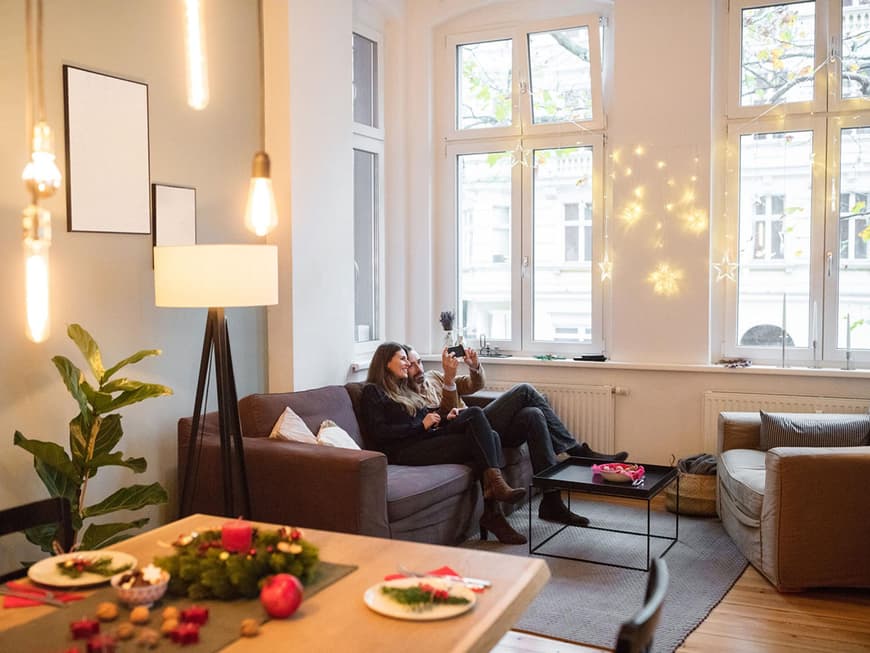
Biorhythm: Sleep researchers have been able to prove that too much or the wrong type of artificial light throws the biological day-night rhythm out of balance. According to studies, city dwellers who are exposed to a relatively brightly lit sky even at night sleep later and less restfully than people in dark rural areas. The explanation: the body only releases the sleep hormone melatonin in the dark. Bright light, on the other hand, promotes the production of the stimulant serotonin.
Psyche: Light also has an influence on our well-being. We notice this clearly after winter, when the first warm rays of sunshine put us in high spirits. Something similar can be observed with artificial light with a color temperature of more than 6,500 Kelvin. In terms of quality, it comes very close to natural light and triggers the production of happiness hormones. Daylight lamps are therefore a good help for winter depression.
Light therapies: Warming red light is particularly beneficial for joint and back patients, as it relieves inflammation and improves circulation. Blue light therapies help with skin conditions such as acne, neurodermatitis and psoriasis. The blue light changes the gene activity in the skin. This produces hormones with anti-inflammatory and anti-pain properties.
Solarium: Artificially produced UV light is classified as questionable. Tanning bed radiation can be up to 15 times more intense than the natural midday sun. The risk of skin cancer is correspondingly higher.
Correct lighting at home
Dining and living room: Use several light sources: bright lamps for reading, indirect or dimmed light for relaxing, ceiling lighting at mealtimes
Sleeping area: cold, blue radiation wakes you up, so it's better to use warm light
Bathroom: Double supply: warm light in the evening, cooler light in the morning
Kitchen: cool light for working, otherwise light up to 3,300 Kelvin
